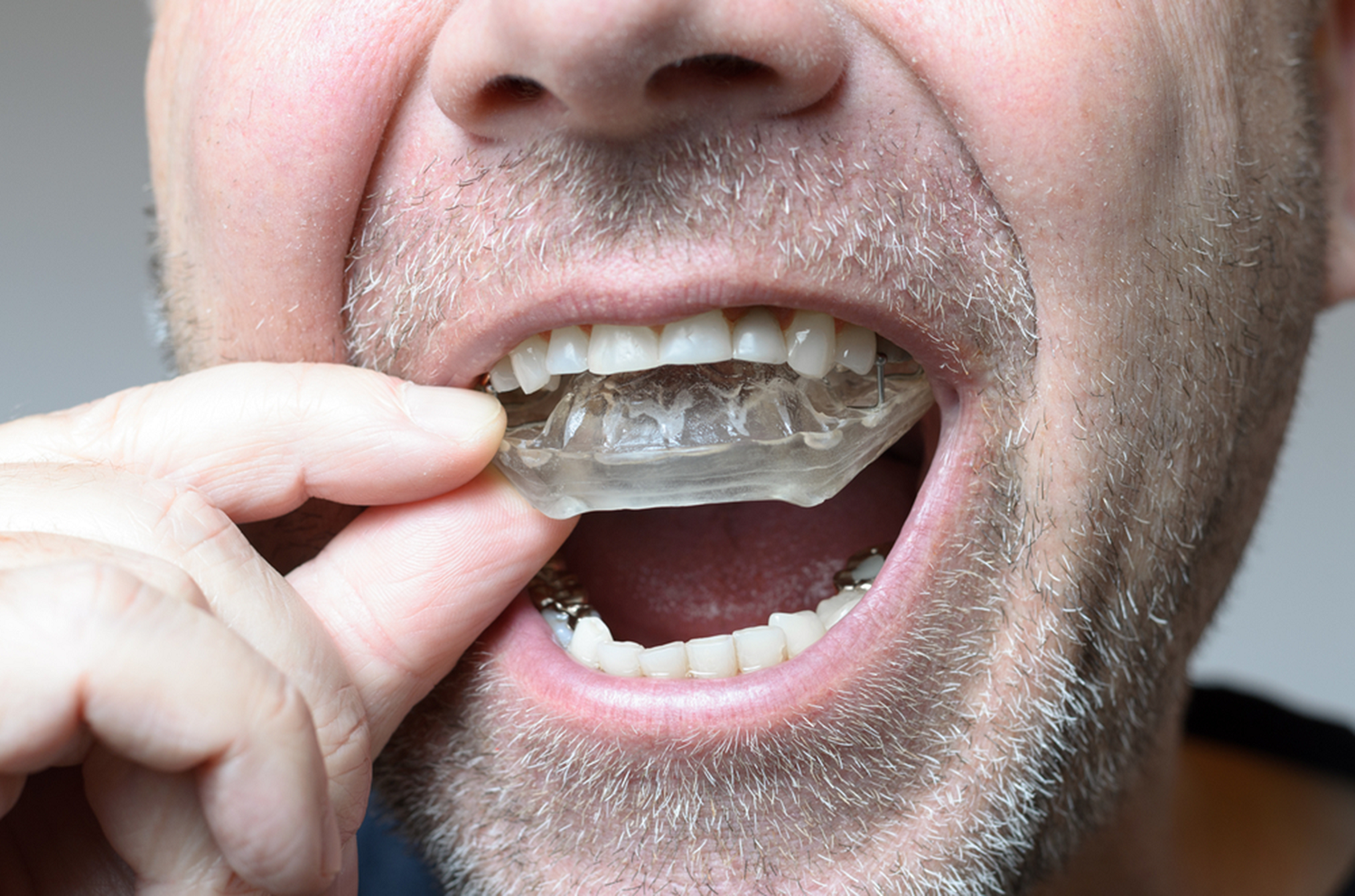You would be forgiven if you’ve never given much thought to the history of orthodontic procedures. After all, parents and teens alike would prefer not to have to deal with braces and their ilk at all. Here’s the rub, though. If you’ve been avoiding the thought of braces and are now facing a recommendation for orthodontic work from an orthodontist in NE Calgary, T3J 0W8, you’ve got a lot of catching up to do.
You’ll get all the essential information you need to know from your orthodontist in NE Calgary, but here are some more things about orthodontics that you might not have heard.
Braces have been around since the days of the ancient Egyptians
Archaeologists have discovered mummies wearing signs of primitive forms of braces — metal bands wrapped around teeth to move them very slowly by the application of pressure. The Egyptians were not the only ancient society to use orthodontic devices. Ancient Greek, Roman and Etruscan peoples did, too. Thankfully, as you’ll read here and an orthodontist near you will tell you, teeth straightening has come a long way since then.
Do you know how today’s braces work?
Those ancient Egyptians were onto something — gradual pressure. Today’s wire and metal braces use a combination of an archwire and brackets cemented onto your teeth to move teeth using gradual pressure. Brackets are cemented onto your teeth to hold the archwire in place. The archwire exerts most of the pressure to slowly move your teeth into their ideal locations. While the brackets are powerfully bonded to your teeth, they do come loose occasionally. If any bracket on your teeth comes loose, get in touch with your orthodontist as soon as possible.
You have alternatives to wire and metal braces
In 1925 and 1945, an inventor named Orrin Remensnyder filed patents for a dental massager device and orthodontic appliance that were designed to correct the bite, alignment, and spacing of teeth using an implement that slipped over the person’s teeth. In 1997, investment banker Zia Chishti invented the modern teeth-straightening device called Invisalign and co-founded a company to market the innovation. The rest is dental, economic, and marketing history. Invisalign’s clear and removable aligners have been transformative for millions seeking straighter teeth without having to wear metal and wire braces.
Yes, there may be a shortcuts
Having your teeth straightened through an orthodontist near you is an admittedly significant investment in money and in time. Orthodontic treatment can take many years to accomplish and many thousands of dollars to achieve. Can those treatment plans be accelerated?
There have been some recent and continuing innovations toward the objective of shortening orthodontic treatment plans. If you’re concerned about the length of your treatment, discuss with your orthodontist whether innovations such as AcceleDent may be appropriate for you. AcceleDent is a device used at home that uses SoftPulse technology to apply consistent and gentle pressure in addition to the pressure applied by the core orthodontic device. Another option, the Propel Chairside Excellerator, is used in an orthodontist’s office to accelerate bone metabolism and to quicken treatment.
Orthodontic work is more than just a cosmetic procedure
Many people are motivated to secure straighter teeth out of a desire to look better and feel better. There’s nothing wrong with that! Self-esteem and personal confidence are an important part of our emotional and psychological well-being. If you’re sheepish about your cosmetic motivations for getting straighter teeth, take comfort in the fact that orthodontic work is also important to your oral health.
Straightening your crooked teeth and correcting inconsistent spacing can improve your oral health by: making it easier to keep your teeth clean; reducing the risk of tooth decay and gum disease; by helping with breathing problems, and by easing headache symptoms.
Yes, orthodontic work is an investment, but it’s one that pays off with a lifetime of straighter teeth, more confident smiles, and a healthier mouth. If your orthodontist has recommended having your teeth or your teen’s teeth straightened, ask their staff to explain all your options. There are many more than you might think.

